Resolution Failure
I don’t believe in New Year’s Resolutions.
Resolutions always seem to be negative statements. They pit the resolver against something. I resolve to lose weight, spend less, give up every fun thing ever, etc.
I much prefer to make goals. Goals take aim and move toward a change. I want to write more, be more healthy, learn French, wake up later. I don’t think that last one’s going to happen, but it’s more of a lifelong goal.
And then there’s the artificial time construct of the New Year’s that tricks people into waiting to start a change until January first actually rolls on the calendar. Of course, if I were resolving to do something horrible, I’d put it off as long as possible too. But if I want to change my life for the better, then why would I wait? Now is always the perfect time to start.
Which is not to say that the turn of the year doesn’t cause me to reflect and take stock of how things are and how I would like them to go. Like a lot of people, I like to assess, predict, and then I make goals. At the end of December, I jotted down some notes, made some plans and felt good about myself. I’m usually pretty good at sticking to my plans and I didn’t expect this year to be any different. But then I didn’t expect to be struck by inspiration that would send me furiously typing down the rabbit hole of a new story.
And now here it is the end of January and I feel like one of those people who’ve managed to blow up their diet and their resolution two weeks after starting. I mean, I feel guilty about not sticking to the plan, but not really that bad as a shove another chapter in. In fact, that chapter was delicious and really would it really hurt if I had another?
I can always get back on the plan later, right?
***
Originally posted on The Stiletto Gang Blog 01.25.17

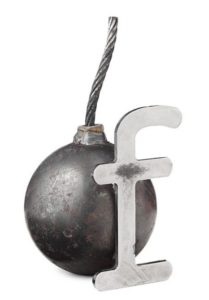 I try not to in public. Much like public displays of affection, I find it inelegant to be assaulted by profanity that I’m not participating in. I think keeping a lid on my foul mouthed habit is only polite and try to reserve it for private situations and friends who have known me long enough to not take offense. As a result, a few of my acquaintances have been surprised to find themselves on the receiving end of a periodic f-bomb. (Yes, I’m the person who should receive this paperweight as a gift.) In the past curbing my tongue has not particularly onerous, but since my child has moved into speaking and comprehending, you know, actual words, life as a purveyor of profanity has become more difficult. Now I can’t even swear in my own home?! Word swaps and humming the Star Spangled Banner do not really help. (Son of a goat monkey, keeping my swearing on the inside is hard!)
I try not to in public. Much like public displays of affection, I find it inelegant to be assaulted by profanity that I’m not participating in. I think keeping a lid on my foul mouthed habit is only polite and try to reserve it for private situations and friends who have known me long enough to not take offense. As a result, a few of my acquaintances have been surprised to find themselves on the receiving end of a periodic f-bomb. (Yes, I’m the person who should receive this paperweight as a gift.) In the past curbing my tongue has not particularly onerous, but since my child has moved into speaking and comprehending, you know, actual words, life as a purveyor of profanity has become more difficult. Now I can’t even swear in my own home?! Word swaps and humming the Star Spangled Banner do not really help. (Son of a goat monkey, keeping my swearing on the inside is hard!)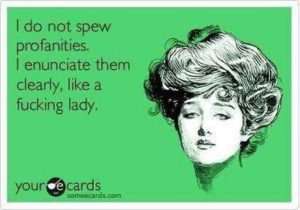 Many comments on profanity seem to insist that profanity is the crutch of mind unable to think of something else to say. I completely disagree. To correctly use profanity one must have an understanding of language that allows you to use the f-word as a verb, a noun, and an adjective. (Yes, it really can – see examples here).
Many comments on profanity seem to insist that profanity is the crutch of mind unable to think of something else to say. I completely disagree. To correctly use profanity one must have an understanding of language that allows you to use the f-word as a verb, a noun, and an adjective. (Yes, it really can – see examples here).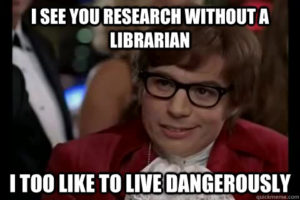
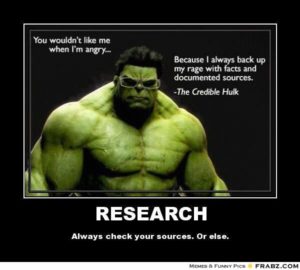 My point? There’s a lot more research that goes into a work of fiction than just what happened to the dead guy. But that research isn’t particularly titillating. It’s simply the stuff we bore you with at cocktail parties. What I find interesting is that almost every person I’ve ever met has been an expert in something, from baking, bagpiping, needlepoint, and cars, to wood working, plumbing, or how the brakes on busses work. I never know when I’m going to need that expertise, but I like to keep track of my various experts. After all, I never know when I’m going to need to know how to crash a bus full of bagpipers. Not that I would ever publically admit to mentally cataloging my acquaintances by how useful they could be to future research…
My point? There’s a lot more research that goes into a work of fiction than just what happened to the dead guy. But that research isn’t particularly titillating. It’s simply the stuff we bore you with at cocktail parties. What I find interesting is that almost every person I’ve ever met has been an expert in something, from baking, bagpiping, needlepoint, and cars, to wood working, plumbing, or how the brakes on busses work. I never know when I’m going to need that expertise, but I like to keep track of my various experts. After all, I never know when I’m going to need to know how to crash a bus full of bagpipers. Not that I would ever publically admit to mentally cataloging my acquaintances by how useful they could be to future research…
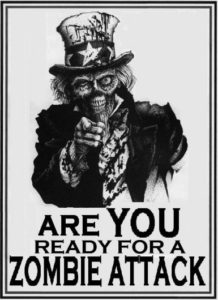
 Foolishly, when I first got into the publishing biz I found myself incredibly surprised when my layout manuscript came back for proofing that the designer had kept all of my transitions as I had typed them. Somehow I genuinely thought that I would send off my MS and somewhere out in New York someone would do something clever with my transitions. I was kind of sad. I didn’t want to manage my own transitions – I wanted someone else to do all the work for me.
Foolishly, when I first got into the publishing biz I found myself incredibly surprised when my layout manuscript came back for proofing that the designer had kept all of my transitions as I had typed them. Somehow I genuinely thought that I would send off my MS and somewhere out in New York someone would do something clever with my transitions. I was kind of sad. I didn’t want to manage my own transitions – I wanted someone else to do all the work for me. of why are there so many bared midriffs in contemporary fantasy? On the topic of midriffs, and purely for example’s sake, I’ll put the cover of Shifting Jock in Love here. The cover is obviously… uh… fully functional, because I can’t stop staring at the uh… weight lifting bar. Now that we’ve covered that topic (no, we haven’t covered anything?), let me move on to my point.
of why are there so many bared midriffs in contemporary fantasy? On the topic of midriffs, and purely for example’s sake, I’ll put the cover of Shifting Jock in Love here. The cover is obviously… uh… fully functional, because I can’t stop staring at the uh… weight lifting bar. Now that we’ve covered that topic (no, we haven’t covered anything?), let me move on to my point.